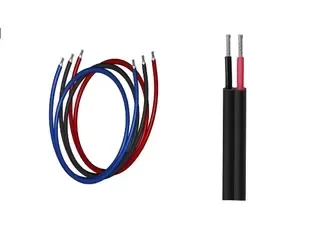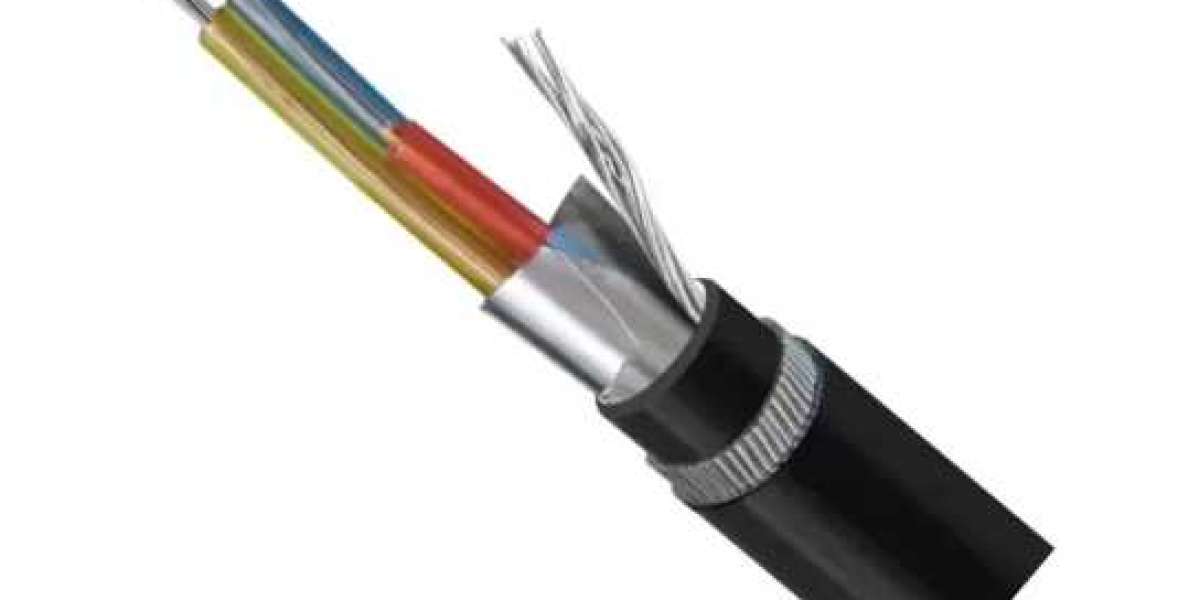The most direct cause of cable failure is the breakdown of insulation due to degradation. Factors leading to insulation degradation many cable faults can be summarized into three categories: grounding, short circuit, and disconnection. The following is a detailed analysis of the faulty cables, and how to solve the faulty cable.

1. How to identify the type of cable fault?
A: Correctly judging the type of cable fault is the first step to finding the fault. The required instruments are a high resistance meter (shake meter) and a multimeter. The specific steps are divided into two steps: the first step: measure the relative-to-ground insulation resistance and the phase-to-phase insulation resistance, and identify the faulty phase of the cable; the second step: check whether the cable conductor is broken. (1) When measuring the relative-to-ground insulation resistance and the phase-to-phase insulation resistance, first use a high resistance meter (shake meter) to measure the insulation resistance between A to ground, B to ground, C to ground, AB, BC, and CA respectively, and find out Phases with unacceptable insulation resistance values. If the measured value of the high resistance meter (shake meter) is 0M ohm, then use the multimeter to retest. (2) Conduct a conductor continuity test to check whether the cable conductors are disconnected, first short-circuit and suspend the three-phase conductors at the far end, and measure the loop resistance of the interphase conductors with a multimeter at the near end. If they are all zero ohms, there is no wire. Core disconnection fault; if the value is zero, there is a disconnection fault at the same time.
2. What are procedures for cable fault detection and location?
A: In order to quickly and accurately find cable faults, it is necessary to follow scientific fault detection and location procedures:
The first step: determine the nature of the cable fault; this step requires a high-resistance meter and a multimeter.
Step 2: Pre-positioning; roughly measure the distance to the fault point of the cable. This step requires a high-voltage bridge, a pulse reflector or a high-voltage wave reflection method (such as the S32 system).
The third step: cable path positioning; to detect the unclear cable path, this step requires a pipeline locator.
Step 4: Accurately determine the point; according to the pre-positioning results, combined with the cable path, accurately determine the location of the cable fault point, and finally obtain the specific location of the fault point, with an allowable error of 0.1 meters. This step requires an acousto-magnetic time-difference method, a step-voltage method, or a minimum-twist method to precisely locate the instrument.
3. Classification of cable faults?
Answer: According to the first step of the procedure of cable fault location - judging the nature of the cable fault, it can be divided into cable main insulation fault and cable outer sheath fault according to the location of the cable. On the basis of the main insulation fault of the cable, it is further divided into low-resistance grounding fault, low-resistance short-circuit fault, disconnection fault, high-resistance grounding fault, high-resistance short-circuit fault, flashover fault, leakage fault, intermittent fault, etc..
4. What is a dead ground fault? What is the solution to a dead ground fault?
Answer: When the phase-to-phase insulation resistance or relative-to-ground insulation resistance of the cable fault is between 0.00-10.00 ohms, Shenghua wire and cable call it a "dead ground fault", also called "zero resistance ground fault" or "permanent ground fault". Because the insulation resistance of the dead ground fault point is very low or even close to zero, even if the impulse energy and impulse voltage are large, the discharge sound of the fault point is very weak or cannot be discharged, and it is very difficult to accurately locate the fault point.
The method to solve the dead ground fault is to use the audio method, including the audio twist method and the minimum twist method. That is, use the high-power audio generator FLG200 to connect with the cable, send out audio signals, and then use the audio receiver FLE10 to pinpoint the point near the fault point. (1) The method for judging the audio twisting method is that the signal directly above the fault point is the strongest, while the signal on both sides is weak, especially the signal from the fault point to the end of the cable is weak. (2) The minimum distortion method is a unique technology of SebaKMT. The curve of leakage current and distance will be automatically displayed on the display of the Seba FLE10 receiver. The cable dead ground fault point is between the two points with the largest slope.

The above is the procedures for cable fault detection and location introduced by Shenghua wire and cable. If you are interested in this, please contact us to read more.








